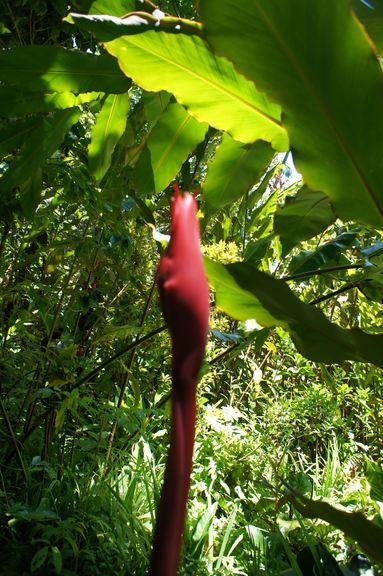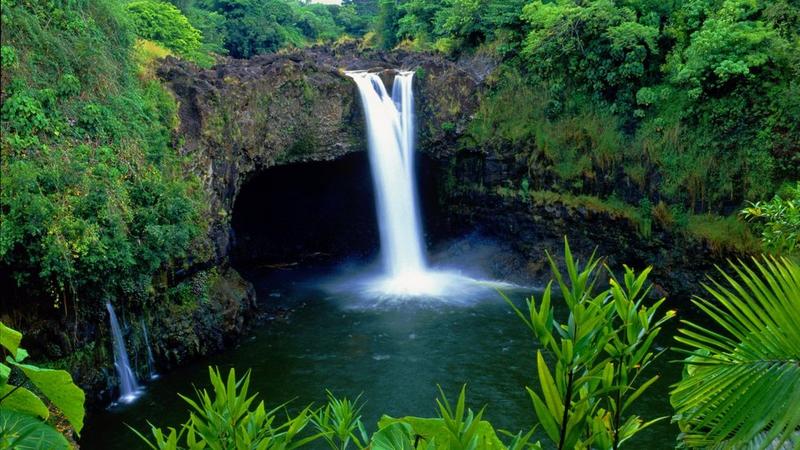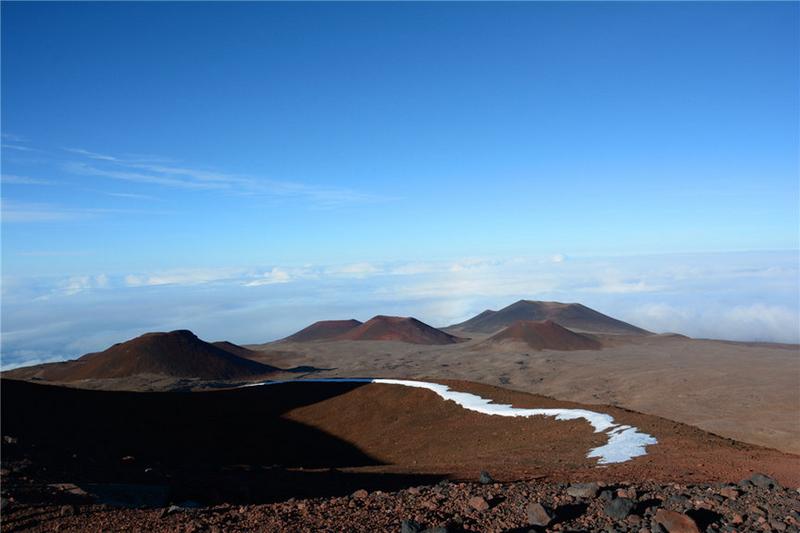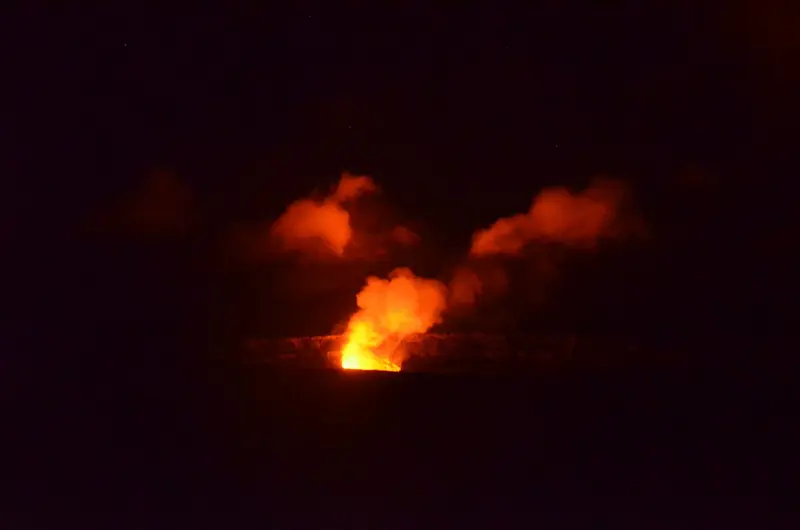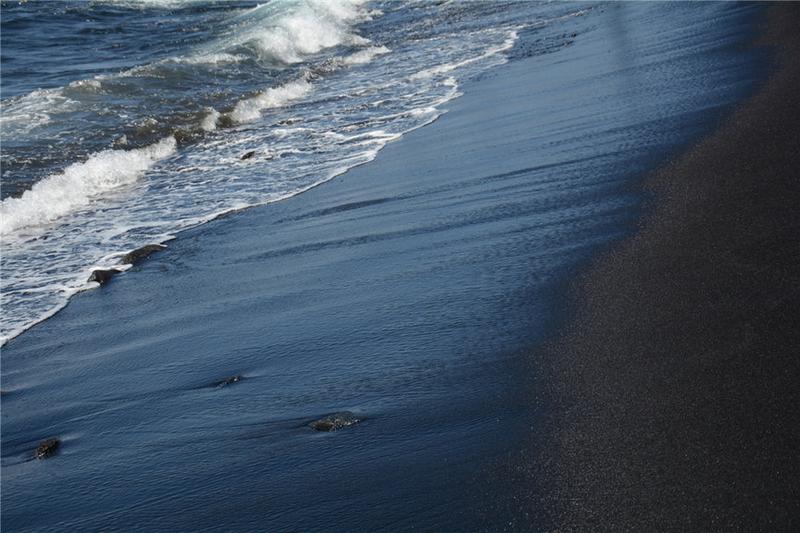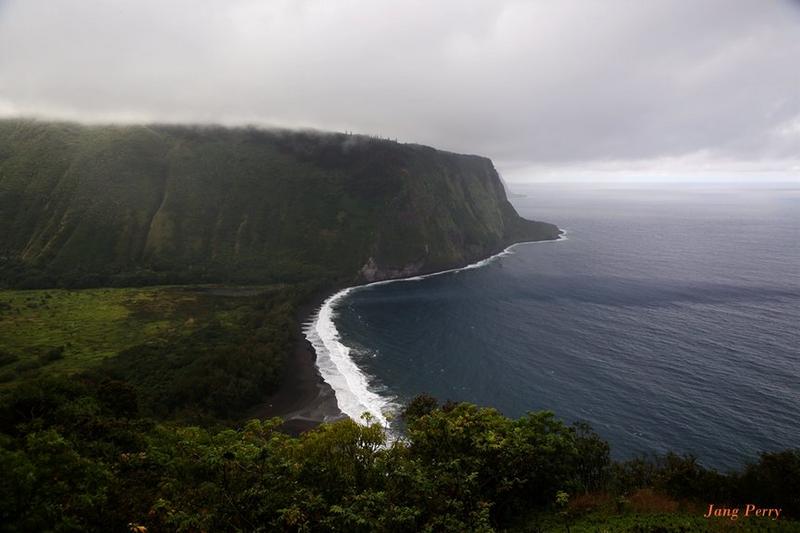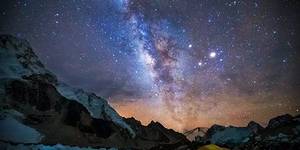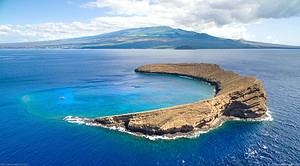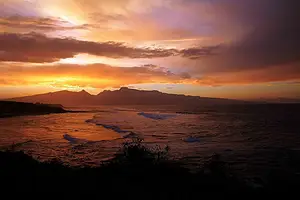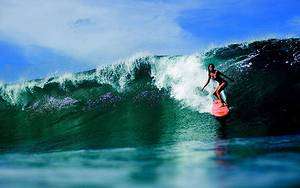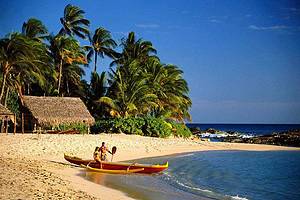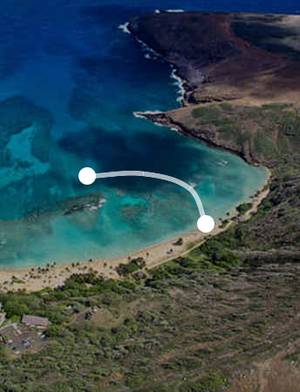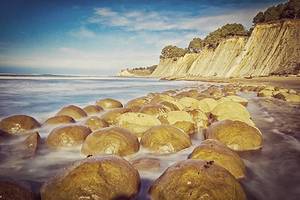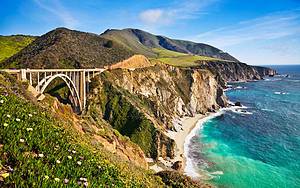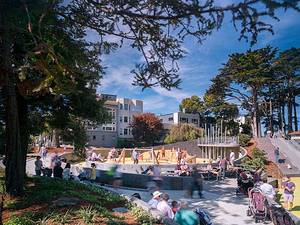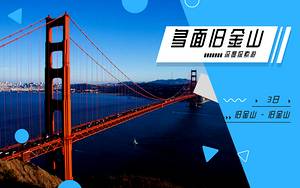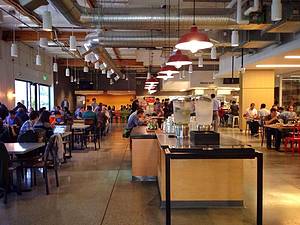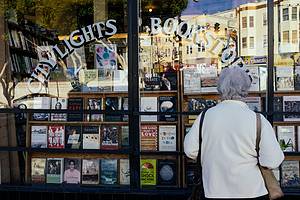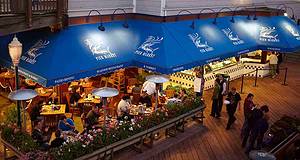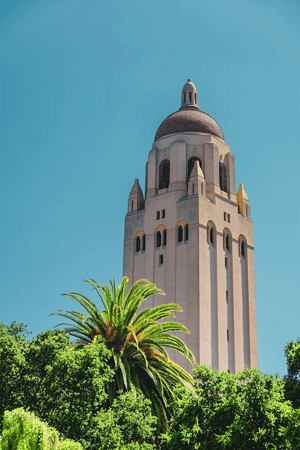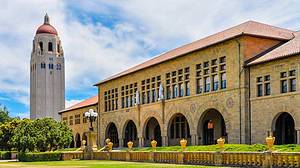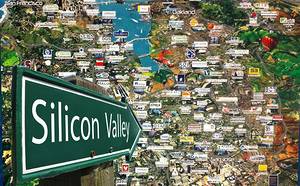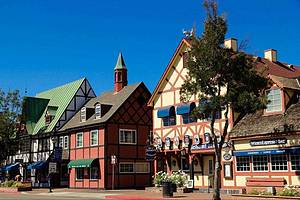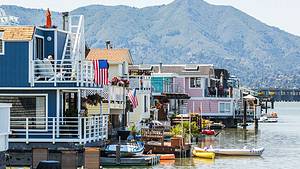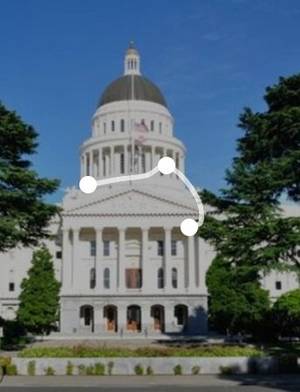4-day self-driving tour of Big Island, Hawaii
1 cities |
13 attraction(s) |
total distance 371
km
 TIPS
TIPS
Day1
Day2
Day3
Day4
Day1: Big Island Hawaii
3 attraction(s) ·
58 km
1
Hilo is the best farmers market, museum, and art scene on the Big Island, and it is also the rainiest area in the United States.
4
km
2
The Rainbow Falls is located in the west of Hilo city, Big Island. It is famous for the beautiful rainbows formed by the waterfall mist refracting in the sunlight. The waterfall has a height of about 24.4 meters, cascading down from the cliffs into a clear pool. The rising mist is ethereal and light, like a delicate veil floating in the wind, forming magnificent rainbows under the refraction of sunlight. The Rainbow Falls is a perennial waterfall, eventually flowing into the longest river in Hawaii, the Wailuku River.
54
km
3
The Mauna Kea volcano is located on the island of Hawaii, with an elevation of 4207 meters. It has snow accumulation during winter and, when measured from the seabed, exceeds 10,000 meters, making it the highest mountain in the world. The famous Mauna Kea Observatory is situated at the summit. The road condition to reach the volcano's saddle is difficult, and many car rental companies have restrictions against driving there. You can join a tour to reach the summit and crater of the volcano.
Day2: Big Island Hawaii
4 attraction(s) ·
102 km
1
Akatsuka Orchid Gardens is located on the Big Island of Hawaii and is home to over a hundred varieties of orchids. It is the most comprehensive orchid garden in the United States. Hawaii's tropical climate provides ideal conditions for orchid growth, and through hybridization and improvement, orchids have developed a wide range of varieties and colors. In late August, there is also an Orchid Festival featuring orchid displays, sales, as well as lectures and demonstrations on orchid culture.
14
km
2
Hawaii Volcanoes National Park is located on the Big Island of Hawaii. The park includes two active volcanoes: Kīlauea, one of the most active volcanoes in the world, and Mauna Loa. The Kilauea overlook in the park is the best and safest viewing point for observing the Kilauea volcano. In addition to the volcanoes, the park offers rich natural landscapes and the traces left behind by volcanic eruptions. The park, established in 1916, covers an area of 333,000 acres from the summit of Mauna Loa to the sea. There are 150 miles of hiking trails between the volcanic craters, hot deserts, lush rainforests, museums, prehistoric rock art, lava tubes that can be explored on foot, and even two active volcanoes: Mauna Loa and Kīlauea. The Hawaii Volcanoes National Park is the top tourist attraction on the Big Island today. It is like a living museum where visitors can interact with the power of the volcanoes in various extraordinary ways. Walking along the rocky paths, venturing into the remote deserts, one can feel the mana, the spiritual power of the Hawaiians. Because in such a barren land, given time, new life may emerge. Come and see Kīlauea, the world's most active volcano and one of the few places in the world where volcanic eruptions can be witnessed. Located 30 miles southwest of Hilo, it is Hawaii's most popular tourist attraction and the only volcano that can be accessed by car. For the indigenous people of Hawaii, it is also a sacred place. This "prolific" volcano produces 50,000 to 650,000 cubic yards of lava daily, enough to pave a 20-mile-long double-lane road. For example, in January 1994, 491 acres of new land were created on the Big Island of Hawaii. However, witnessing the glowing lava flowing into the sea is just one of the reasons to visit the national park. There are many other places worth seeing here! Drive along the rim of the volcano: drive 10.6 miles along the Kīlauea volcano crater, and the circular route will take you to several major attractions in the national park: the Kīlauea overlook, Jagger Museum, Halemaʻumaʻu Crater, Devastation Trail, Pu'u Huluhulu, and Thurston Lava Tube. Halemaʻumaʻu Crater: a sacred place, the home of the volcano goddess Pele. In 1967, a lava lake formed in the crater, but the lava eventually drained away. Don't forget to pay homage to the volcano goddess. Thurston Lava Tube: Walk through the 500-year-old lava tube, which was once an underground passage for lava flow. The lava cooled and solidified on the surface of the tube, forming a massive hollow. After passing through the lava tube, you will find yourself in a fascinating tropical rainforest. Puʻu ʻŌʻō Crater: Currently, Kīlauea's lava activity is not concentrated at the crater, but at the Puʻu ʻŌʻō vent in the East Rift Zone. The Puʻu ʻŌʻō lava flows rapidly through underground channels and dramatically spews into the Pacific Ocean. You can see this spectacular sight at the end of Crater Rim Drive. Crater Rim Drive: Heading south along the rim of the volcano is Crater Rim Drive. The 3,700-foot-long road abruptly stops in front of a lava flow that blocks the way. Walk along the lava field to the precipice of the coastline to see the molten lava flowing into the ocean. The best time to view is in the early morning or at dusk. Volcano House Hotel: Overlooking Kīlauea, Volcano House Hotel has been in operation since 1846, starting as a humble inn. Even the renowned writer Mark Twain had to stay here when visiting the Big Island. The fire in the lava fireplace has never been extinguished since 1877.
51
km
3
Punaluu County Beach Park
Punalu'u Black Sand Beach is one of the best black sand beaches in Hawaii, located on the southeastern coast of the Kau district. The beach is situated between Hawaii Volcanoes National Park and the town of Naalehu, with plenty of coconut trees and giant Hawaiian green sea turtles (honu) sunbathing on the sand. Not suitable for swimming, there are picnic areas and restrooms for visitors to experience the unique sensation of black sand.
38
km
4
Day3: Big Island Hawaii
3 attraction(s) ·
88 km
2
Kahalu'u Bay is one of the most exciting and easily accessible snorkeling spots on the island. It is also a huge natural aquarium, with many colorful marine creatures such as parrotfish, needlefish, vibrant yellow seaweed, and surgeonfish. You can also see green sea turtles hunting for food and resting on the beach. According to records, the ancient breakwater here was built by the people of Moʻōneyhu, and it still protects the bay.
60
km
3
Beautiful beach park, suitable for surfing, sunbathing, and other beach-related activities.
Day4: Big Island Hawaii
3 attraction(s) ·
124 km
1
The Puʻukoholā Heiau temple is slightly north of Hapuna Beach and was built in 1791. It was the last temple built before the Western influence reached the Hawaiian Islands and is also the largest. At the time, King Kamehameha I accepted the suggestion from the priests to build the temple and dedicate it to the war god, and he eventually unified Hawaii.
54
km
2
Waipio Valley is located on the windward side of the Kohala Mountains and showcases the unique landscape of Hawaii: white waterfalls cascading almost vertically from emerald cliffs, with a valley floor filled with lush vegetation, blooming flowers, and ancient taro fields, alongside black sand beaches where waves continuously crash against the shore. Hawaiians consider it a sacred place. The valley itself has no residential areas or any facilities. There is a parking lot, public telephone, public restrooms, and signage at the lookout point.
71
km
3
In this rich natural reserve, there are over 2500 species of tropical plants from all over the world, making it a miniature of a tropical rainforest and offering spectacular views. A paved trail that is 1 mile long winds through the reserve, leading to a stream, beautiful waterfalls, viewpoints overlooking the sea, hanging heliconias, dazzling flowerbeds, and tall palm trees in the middle of the botanical garden. All of these create a stunning visual experience and attract a large number of tourists to take photographs.
